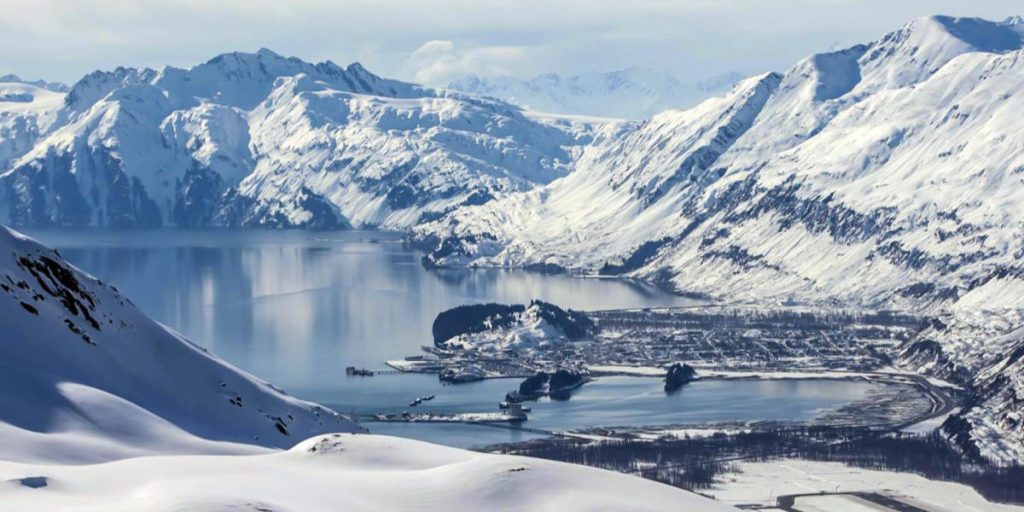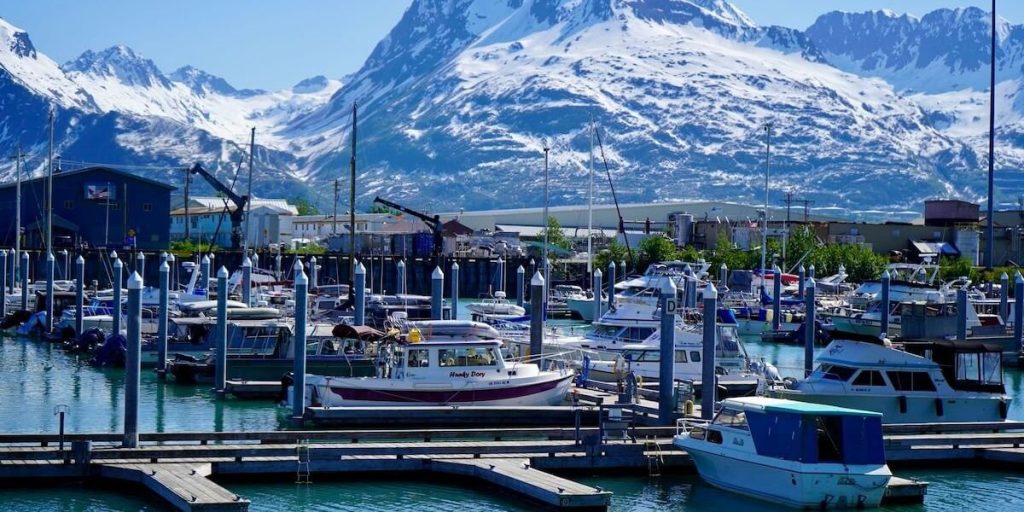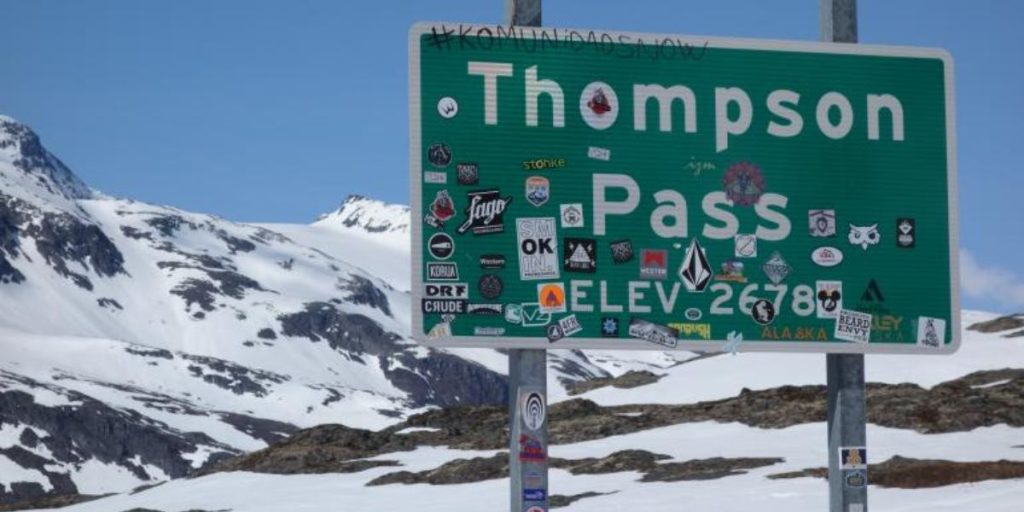There’s little doubt that Alaska may be one of the snowiest regions in the entire United States. However, how snowy is it? And where is the majority of the snow found? If you don’t know the answers to these questions, don’t worry.
This comprehensive article will teach you everything you need to know about the snowiest place in Alaska. Ready to learn more? Continue reading below!
What Town Gets the Most Snow in Alaska?

Although Alaska is not the snowiest state (that distinction goes to Vermont), it does contain one of the snowiest cities in the United States. If you want to know where the snowiest place in Alaska is, look no further than Valdez.
About Valdez, Alaska
Valdez, Alaska receives an average of more than 20 feet of snow every year. It is ideally placed to receive this quantity of snow, making it Alaska’s snowiest spot.
Valdez is a minor port town in Alaska. It is situated on a large fjord in Prince William Sound. However, it is also nestled away at the base of the Chugach Mountains. This mountain is notable for its glaciers, which include Knik, Columbia, Worthington, and the Bagley Icefield. Valdez might easily receive a foot of snow on certain nights due to the icy conditions created by the fjord and mountains!
Despite the particular dangers and scenarios that heavy snow can present, such as having to sweep your roof daily to avoid snowslides, this snowy tiny hamlet is home to over 3,500 people (3,985 as of 2020). It is also a popular tourist destination due to the availability of winter activities and the stunning panoramic vistas it provides.
Learn More:
- Explore Some Dangerous Neighborhoods in Harford County, Maryland
- 6 Dangerous Animals Flying in Oregon’s Skies That Can Kill You
- Discover The Largest Nuclear Power Plant in Florida
History

Valdez was founded in 1790 and named after Spanish Navy Minister Antonio Valdés y Fernández Bazán. It is noted as a former Gold Rush town, and its port made it accessible during the early centuries of global exploration. However, the port and town did not start to flourish until 1899. This is when a road to Fairbanks was created, allowing more people to visit the town and its various marketplaces.
Despite its tiny size, Valdez has not always had an easy history. The 1964 Alaska earthquake, also known as the Great Alaskan earthquake or the Good Friday earthquake, had a significant impact on the small community, as it did on many others in the region.
This earthquake temporarily reached magnitude 9.2, making it the United States’ second-greatest earthquake. It caused fissures, tsunamis, building destruction, and the deaths of 131 people.
Valdez was also the location of the 1989 Exxon Valdez oil tanker spill. This tragedy resulted in about 11 million gallons of crude oil leaking into Prince William Sound. The spill was extremely difficult to clean due to Valdez’s isolated and difficult-to-access location, and its consequences killed hundreds of thousands of local species.
Despite its snowy circumstances, Valdez remains one of Alaska’s most important and often visited ports.
Climate

Valdez is the snowiest place in Alaska, however, it is not always snowy. It has a subarctic climate, and winters can be harsher than in the continental United States. However, summers can be relatively warm. The average high in July is 64 degrees Fahrenheit. The highest temperature recorded in June was 90 degrees.
Valdez is not only Alaska’s snowiest place, but it is also often regarded as the snowiest place in the United States. In a single year, it can get 300 inches of snow. That is the same as stacking four refrigerators on top of each other!
Read More: 6 Dangerous Areas to Avoid in Savannah This Year
Wildlife
Despite being a snowy town, wildlife is abundant. However, between the sound and the mountains, there are abundant habitats suitable for a diverse range of creatures.
Towards the ports in Valdez, you can see a variety of aquatic species. This comprises a variety of bird species, including eagles, puffins, and ptarmigans. You can’t forget about the incredible species that live beneath the waves, including seals and sea lions. Humpback whales and orcas have been spotted around Valdez as well!
Inland, it’s almost like being in a separate world. You can swap observations of aquatic animals for bears, songbirds, and Arctic ground squirrels. Spiders, snow fleas, and snow worms are among the smaller animals to be spotted.